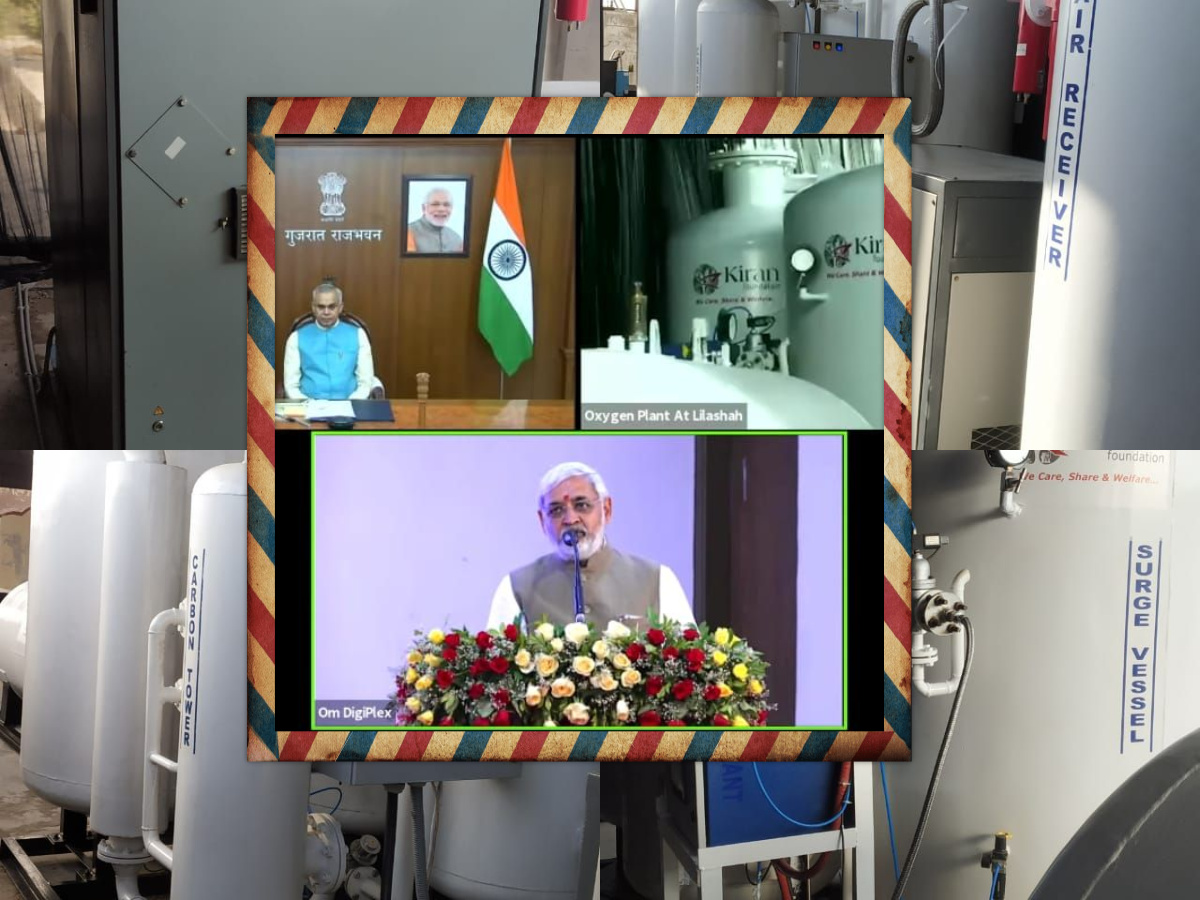- A-29, Industrial Area, Site IV,
Sahibabad, Ghaziabad, UP, India. - (+91-120) 2896063
info@bhartiyagroups.com


It took a series of unfortunate events to unlock the secrets of acetylene. A young Frenchman was showing off his new explosive, which he called "blasting oil", but it caused an explosion that blinded him and killed his brother.
It wasn't until 50 years later that German chemists proved acetylene was a hydrocarbon, like coal and oil. They also discovered that they could use impure acetylene (that was oozing out of steel furnaces) to make another gas called "carbide". But even though they knew what made acetylene and carbide, the chemists didn't know how to collect either for.
Acetylene was discovered in 1836, when Edmund Davy was experimenting with potassium carbide. One of his chemical reactions produced a flammable gas, which is now known as acetylene. In 1859, Marcel Morren successfully generated acetylene when he used carbon electrodes to strike an electric arc in an atmosphere of hydrogen. The electric arc tore carbon atoms away from the electrodes and bonded them with hydrogen atoms to form acetylene molecules. He called this gas carbonized hydrogen.
However the French chemist, Henri Moissan, was the first to isolate one of the allotropic forms of carbon, which he called "carburet of hydrogen." Moissan had studied and experimented with what he believed was carbon for years. In 1889, he began his work by dissolving metal carbides (CxHy) in an excess of mineral acid and passing an electric current through the resultant solution. He obtained a new compound, which he named "uretane" because of its resemblance to urea. It was really titanium carbide - a linear polymeric.
By the late 1800s, a method had been developed for making acetylene by reacting calcium carbide with water. This generated a controlled flow of acetylene plant india that could be combusted in air to produce a brilliant white light. Carbide lanterns were used by miners and carbide lamps were used for street illumination before the general availability of electric lights. In 1897, Georges Claude and A. Hess noted that acetylene gas could be safely stored by dissolving it in acetone. Nils Dalen used this new method in 1905 to develop long-burning, automated marine and railroad signal lights. In 1906, Dalen went on to develop an acetylene torch for welding and metal cutting.
In the 1920s, the German firm BASF developed a process for manufacturing acetylene from natural gas and petroleum-based hydrocarbons. The first plant went into operation in Germany in 1940. The technology came to the United States in the early 1950s and quickly became the primary method of producing acetylene. Demand for acetylene grew as new processes were developed for converting it into useful plastics and chemicals. In the United States, demand peaked sometime between 1965 and 1970, then fell off sharply as new, lower-cost alternative conversion materials were discovered. Since the early 1980s, the demand for acetylene has grown slowly at a rate of about 2-4% per year.
In 1991, there were eight plants in the United States that produced acetylene. Together they produced a total of 352 million lb (160 million kg) of acetylene per year. Of this production, 66% was derived from natural gas and 15% from petroleum processing. Most acetylene from these two sources was used on or near the site where it was produced to make other organic chemicals. The remaining 19% came from calcium carbide. Some of the acetylene from this source was used to make organic chemicals, and the rest was used by regional industrial gas producers to fill pressurized cylinders for local welding and metal cutting customers.
In Western Europe, natural gas and petroleum were the principal sources of acetylene in 1991, while calcium carbide was the principal source in Eastern Europe and Japan.
In India, Bhartiya Cryogas is a leading manufacturer of acetylene plants. It’s fully automatic Acetylene plants are available in capacities from 25m3 (cubic meter) /hr to 200m3/Hr. In a Stationary Carbide to Water type Automatic Acetylene Generator acetylene is produced by reaction of calcium carbide with water. Adequate quantity of water is held in the generator shell to which calcium carbide is fed from top.
The design of the entire plant has been made with safety in mind. Flash Back Arrestors, High Pressure Reverse Flow check valves, safety valves and complete gauging help protect both equipment and personnel. Various auto controls, safety valves, auto vent valves, non-return valves and Flash Back Arrestors are also provided to make this plant absolutely safe to operate in all conditions.
Acetylene Plant, Oxygen Plants, Acetylene Plants, oxygen cylinder filling plants, manufacturer of oxygen plants, oxygen manufacturing plant in india







